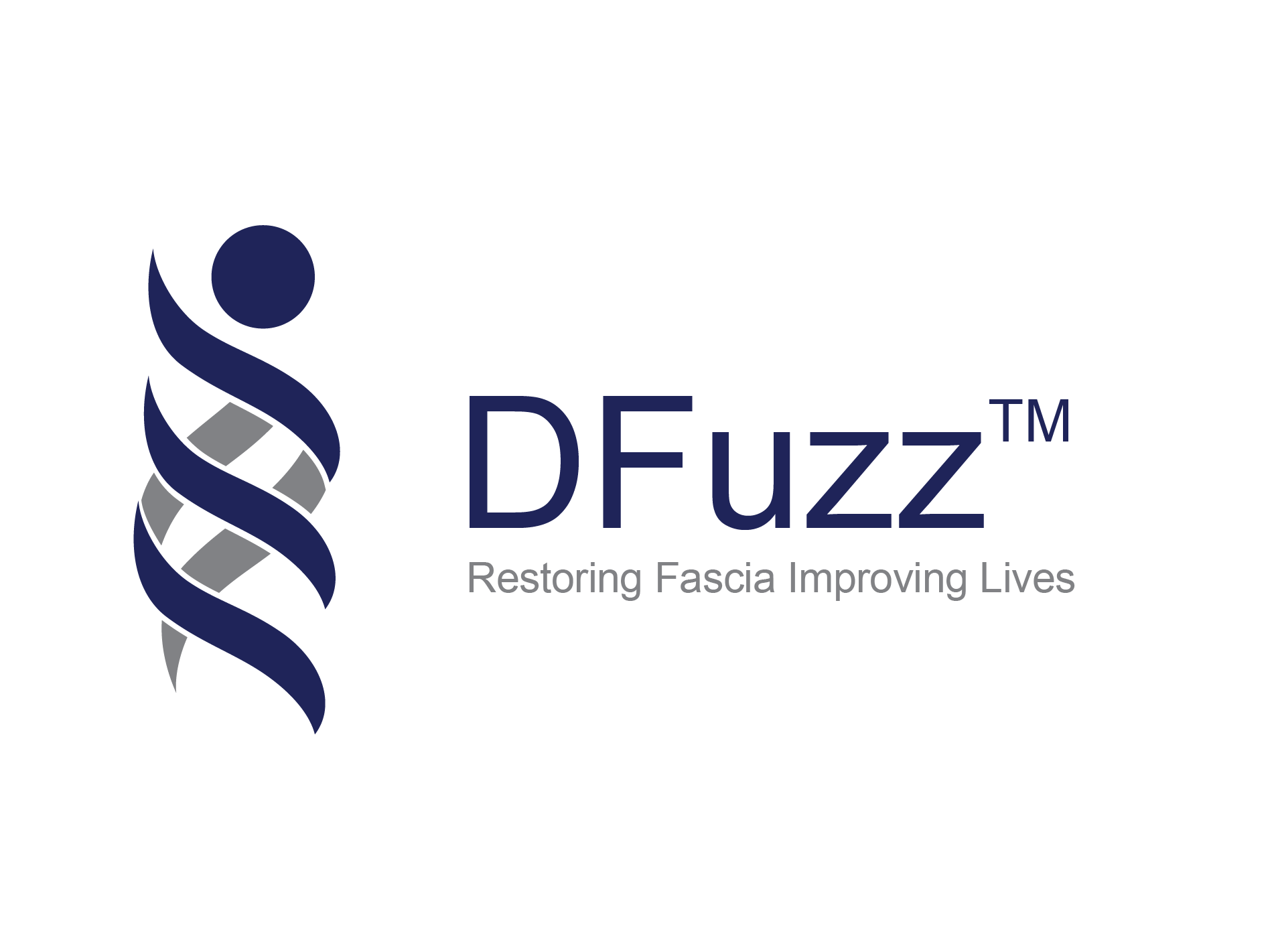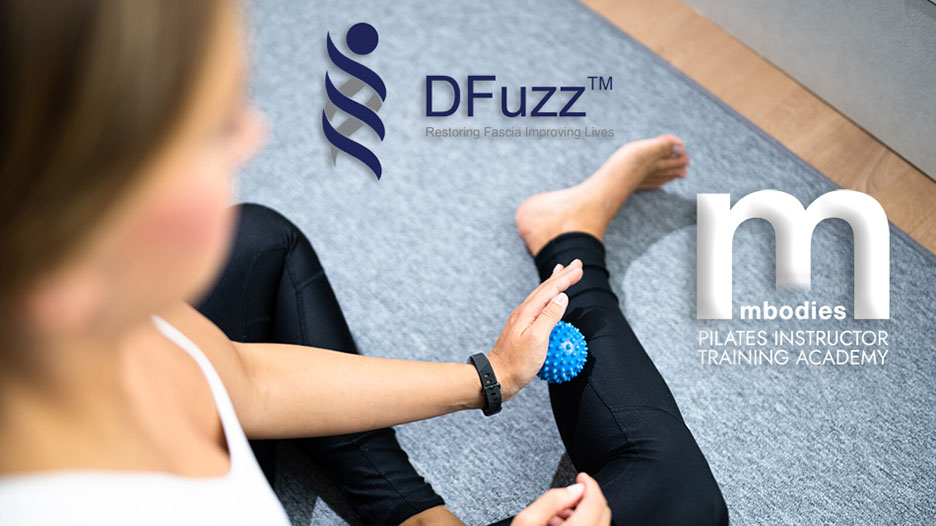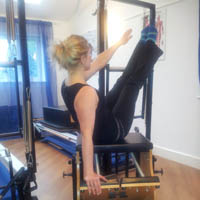Mbodies newsletter
Brand 3 : DFuzz (Practical MyoFascial Release)

Dr Gil Hedley introduced us to words like 'Fuzz' and 'Melting the Fuzz' in 2009 in one of his 'cadaver' based lectures SEE HERE
Since then a number of techniques have been investigated to 'DFuzz' the body
Click on the Lozenge to the Right - to explore our DFuzz education
Alternatively, below read on more about Practical Myofascial release:

'Myofascial': Pertaining to a muscle (Myo) and its sheath of connective tissue (Fascia).
Fascia or connective tissue is a three dimensional spiders-web composed of two key materials: Elastin (a highly elastic protein that allows tissues in the body to resume their shape after stretching or contracting) and Collagen fibres (the most abundant protein in mammals) surrounded by and transporting a sticky gel like fluid; known as the 'Ground Substance'.
The combination of the proteins and the Ground Substance results in an environment allowing three-dimensional sliding and gliding of one structure adjacent to the next.
The nature of the fascia is to support and stabilise when working correctly, however following loss of function of a limb, trauma (Physical or emotional) the fascia can dehydrate and thicken - losing its sliding properties and creating a barrier to function.

Different release methods tackle different parts of the release 'goals' - for example 'light' and flowing touch and movement patterns may be better to rehydrate the fascia and tackle issues of pain, and be particularly beneficial around the less 'meaty structures such as hands and feet.
Deeper slower compression with 'cross fibering' movement patterns; using props like foam Rollers and weighted balls to take the place of a therapists hands, may be more effective once hydration has been achieved.
Likewise, long focussed compression at 'trigger points' may be needed to solve specific congestion at known locations.
Fascia is recognised as having protective as well as energy transportation, Memory retention and movement facilitation functions.
The protective functions lead to a 'bracing' response to physical trauma. Therefore, fast and aggressive methods to release the fascia tend to be counterproductive as they elicit the protective 'bracing' response.
Effective Myofascial release requires a combination of steady, targeted force over time with a technique that works along and around the fascial network - pausing at times to work on the 'Trigger Points' or sites of perceived congestion.
Myofascial Pain Syndrome (MPS) is a recognised medical condition that is characterised by the development of myofascial 'congestion' spots - often referred to as Trigger Points.



